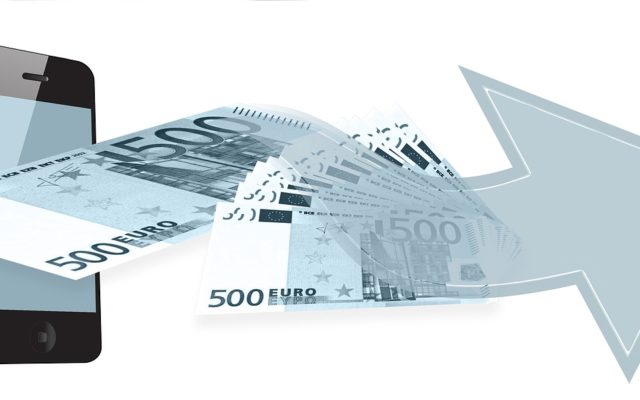As online and mobile banking has become the primary banking interaction channels for many consumers, banks must increasingly invest their efforts and resources into keeping up with the latest trends in digital technologies, as well as changing consumer behavior, if they want to remain relevant and competitive.
According to Gartner, within 12 years, 80% of financial firms will either go out of business or be rendered irrelevant by new competition, changing customer behavior and advancements in technology.
Here are three important trends that are likely to shape the future of digital banking, and which banks should pay close attention to:
1. Simplification
Today’s customers, especially the digital natives, expect easy-to-use and straightforward digital experiences from their service providers. Consumers can purchase from Amazon with one click; sign up for Instagram in less than a minute, and get instant access to music with Spotify, and they expect similar experiences from their financial services providers.
To remain relevant and competitive, it’s likely that more banks will move in the direction of offering customer-centric, simple and easy to use digital banking apps. In the near future, we are likely to see more digital banking apps with:
- Simplified user experience, which is designed around real-life customer journeys, eliminating friction from the user experience and enabling users to move across digital and physical banking channels seamlessly.
- Simplified functionality, shifting the priority away from a ‘features-first’ approach to a ‘user-first’ mentality, focusing on adding value for the clients instead of blindly adding new and shiny features and functions.
- Simplified language, thereby eliminating any complex banking terminology. This means a lower barrier to financial literacy when it comes to dealing with digital banking, making it easier to understand and use for consumers.
2. Convergence of Physical and Digital Experiences
With the proliferation of mobile devices and technologies such as augmented reality, wearables, and online and video chat solutions, the boundaries between reality and digital have become less distinct in recent years.
According to Deloitte, the merging of digital and real-life experiences is also a key aspect in achieving excellent customer experience in financial services.
By integrating the “real-in-digital and digital-in-real,” banks can build and foster a stronger connection with clients, along with building a deeper level of customer engagement. Soon, we are likely to see more digital banking apps that seamlessly enable access to real-life interactions and communication. Also, we are likely to see the proliferation of digital services in real-life banking experiences, e.g. in branches.
Here are a few examples of integrating the “real-in-digital and digital-in-real:”
- Enabling customers to discover, research, and initiate apply for products online, and seamlessly move to a real-life environment (branch, call center) to complete the product application at any stage of the journey.
- Audio, video-chat and co-browsing solutions integrated into digital banking, which enable real-time interactions with humans for efficient problem resolution and advice.
- Augmented reality that digitizes real-life experiences, e.g., augmented reality branch finders.
- Digitization of branch experiences, e.g., digital branch kiosks that enable the customer to access product information, or to jump the line if the customer completes certain activities in a self-service manner.
3. Lifestyle banking
According to Accenture, banks are moving in the direction of identifying new micro-segments based on lifestyle, values, aspirations, and needs (e.g., home seekers, expats, frequent business travellers, etc.), and targeting them with dedicated propositions.
Lifestyle banking also focuses on delivering non-financial experiences to customers that help enhance their life and embedding banking products and services within these experiences.
The benefit of this approach is that it enables banks to be a deeper part of their customer’s life journey, enabling stronger customer engagement and the ability to gain better customer insights.
A great example is BBVA, which developed an app called Valora to support customers planning to buy a home. BBVA’s app pulls data from a variety of sources to give homebuyers price information on houses that are for sale, comparable sales figures for homes that have sold nearby and estimates what you can expect to receive if you sell your house.
Another example is Emirates NBD, which launched Liv., a mobile-only bank offering a ‘lifestyle-first’ banking experience targeted at millennials. Launched in 2017, the app-based bank acquired 100,000 customers within only its first year of operations.
Conclusion
No one knows exactly what the future of digital banking holds. The financial services industry isn’t homogenous, and some markets are evolving at different speeds and in different directions. What seems fairly certain is that the disruption in the banking sector will continue.
Banks that can transform themselves into truly effective digital organizations and embrace the changes in digital technologies and consumer behavior, will not only survive but also thrive in both the current and future digital environments.
Article by channel:
Everything you need to know about Digital Transformation
The best articles, news and events direct to your inbox
Read more articles tagged: Digital Disruption, Featured







